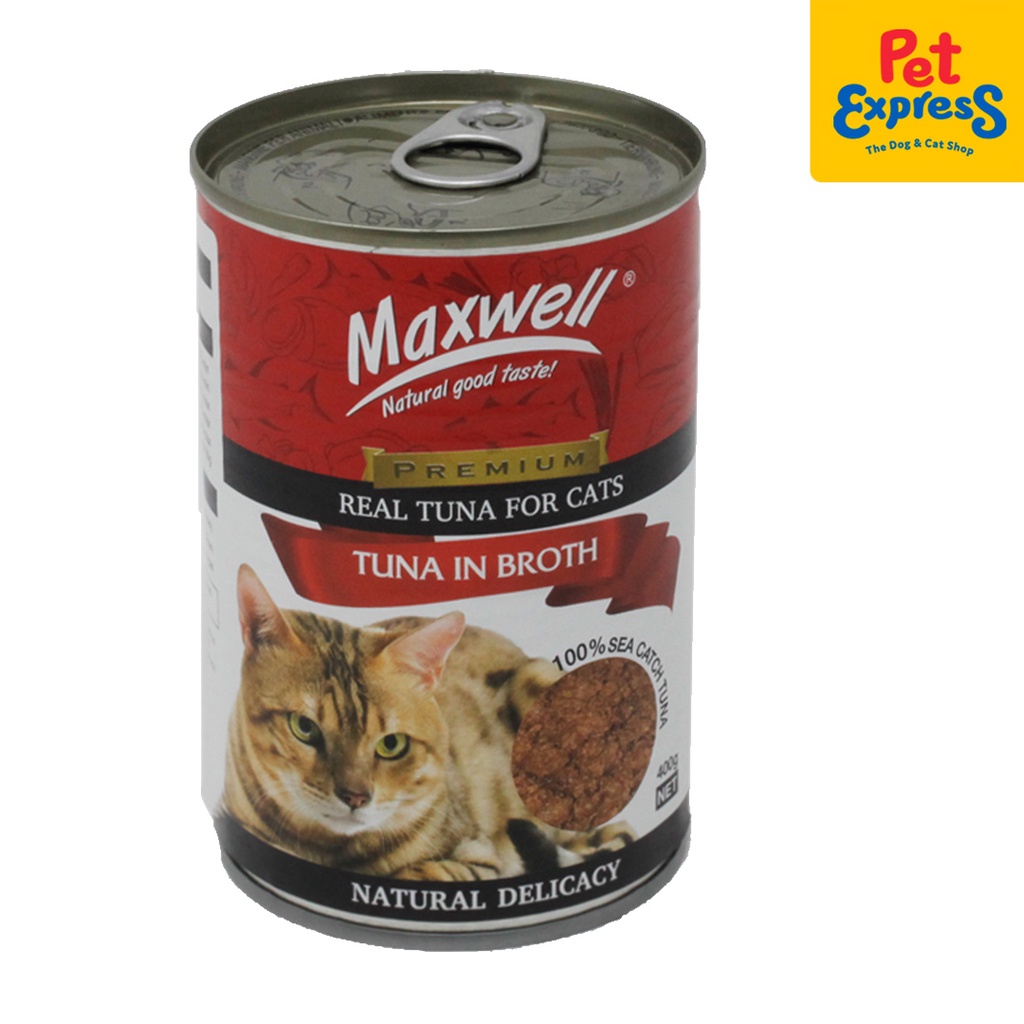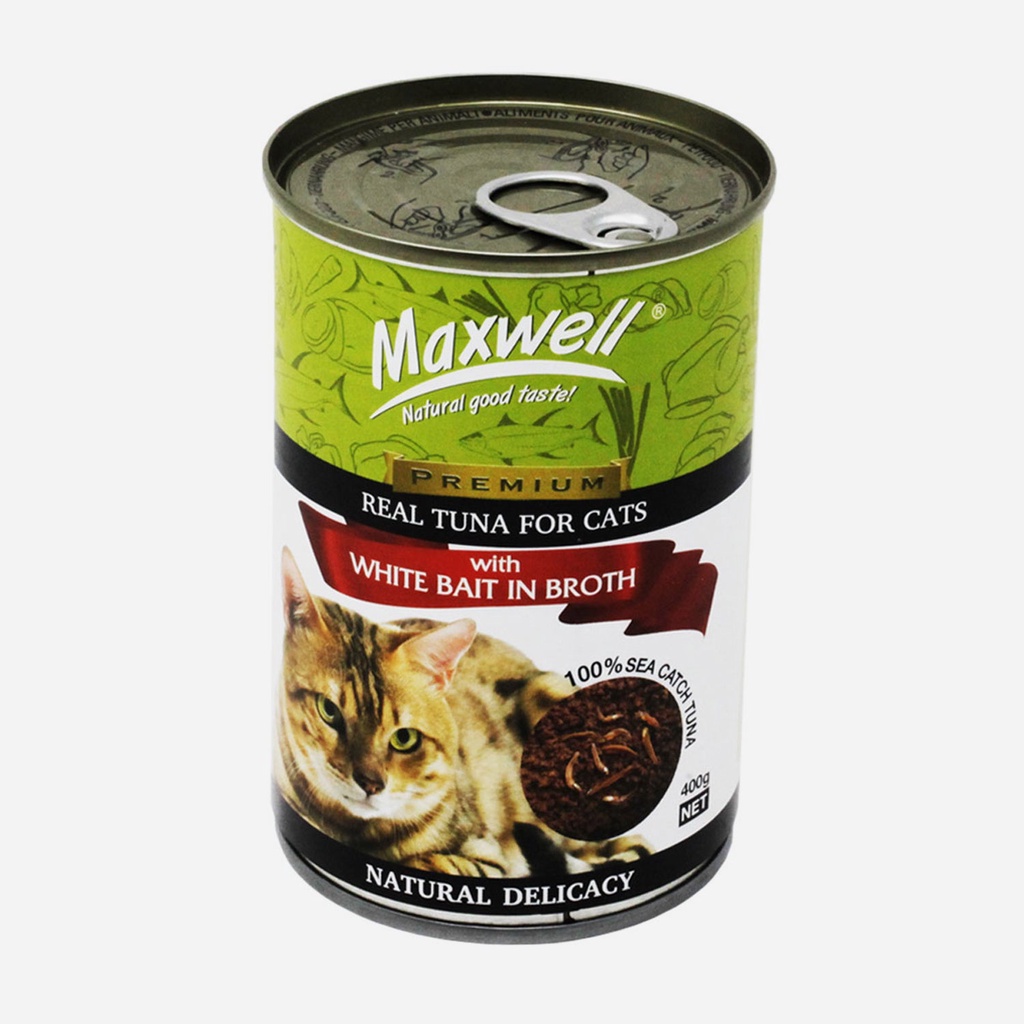The Ultimate Guide to Wet Cat Food with Real Tuna: Is it Right for Your Feline Friend?
Tuna is a flavor that often sends cats into a frenzy. The strong, fishy aroma and savory taste are irresistible to many felines. But is wet cat food with real tuna a healthy and sustainable choice for your beloved companion? This comprehensive guide delves into the world of tuna-based wet cat food, exploring its benefits, potential drawbacks, nutritional considerations, and how to choose the best option for your cat.
Why Cats Love Tuna: The Allure of the Sea
Cats are obligate carnivores, meaning their bodies are designed to thrive on a diet primarily consisting of animal protein. Fish, including tuna, provides a rich source of this essential nutrient. The strong smell of tuna is also particularly appealing to cats, triggering their hunting instincts and stimulating their appetite.
- High Protein Content: Tuna is packed with protein, crucial for muscle development, tissue repair, and overall health.
- Essential Fatty Acids: Tuna contains omega-3 fatty acids, particularly EPA (eicosapentaenoic acid) and DHA (docosahexaenoic acid), which contribute to healthy skin and coat, brain function, and joint health.
- Palatability: The intense flavor and aroma of tuna make it highly palatable, even for picky eaters. This can be especially beneficial for cats who are recovering from illness or have a reduced appetite.
- Hydration: Wet food, in general, provides a significant source of hydration. Tuna-based wet food is no exception, aiding in kidney function and preventing dehydration, especially crucial for cats prone to urinary issues.
The Benefits of Wet Cat Food in General
Before focusing specifically on tuna, it’s important to understand the general advantages of wet cat food compared to dry kibble:
- Higher Moisture Content: Wet food boasts a significantly higher moisture content (around 70-80%) than dry food (around 10%). This is vital for maintaining hydration and supporting kidney health.
- Lower Carbohydrate Content: Wet food typically contains fewer carbohydrates than dry food. This is advantageous for cats, as they don’t require a high carbohydrate intake, and excessive carbs can contribute to weight gain and other health problems.
- Easier to Eat: The soft texture of wet food makes it easier for cats with dental issues or sensitive gums to consume. Kittens and senior cats also benefit from the softer consistency.
- Portion Control: Wet food is often packaged in individual servings, making portion control easier and preventing overfeeding.
Potential Drawbacks of Tuna-Based Wet Cat Food
While tuna offers several benefits, it’s essential to be aware of the potential drawbacks:
- Mercury Content: Tuna can contain mercury, a heavy metal that can accumulate in the body over time. Excessive mercury exposure can lead to neurological problems and other health issues. It’s crucial to choose tuna-based cat food that uses responsibly sourced tuna and has undergone mercury testing.
- Thiaminase: Tuna contains thiaminase, an enzyme that can break down thiamine (vitamin B1). Thiamine deficiency can lead to neurological issues. However, many manufacturers add supplemental thiamine to their tuna-based cat food to counteract this effect.
- Allergies and Sensitivities: Some cats may be allergic or sensitive to fish, including tuna. Signs of an allergic reaction include vomiting, diarrhea, skin irritation, and excessive scratching. If you suspect your cat has a tuna allergy, consult with your veterinarian.
- Sustainability Concerns: Overfishing of tuna is a significant environmental concern. It’s important to choose brands that use sustainably sourced tuna, certified by organizations like the Marine Stewardship Council (MSC).
- Nutritional Imbalance: Feeding your cat only tuna is not recommended. Tuna-based wet food should be a part of a balanced diet, not the sole source of nutrition. Ensure the food is formulated to be nutritionally complete and balanced for cats.
Nutritional Considerations When Choosing Tuna Wet Food
When selecting tuna-based wet cat food, carefully consider the following nutritional factors:
- Protein Source: Ensure that real tuna is a primary ingredient. Look for phrases like "real tuna," "tuna first," or "made with tuna."
- Complete and Balanced: The label should state that the food is "complete and balanced" for your cat’s life stage (kitten, adult, or senior). This means it meets the nutritional standards established by organizations like the Association of American Feed Control Officials (AAFCO).
- Added Vitamins and Minerals: Check the ingredient list for added vitamins and minerals, such as taurine (essential for heart health), vitamin E (an antioxidant), and vitamin D (for bone health).
- Limited Fillers: Avoid foods with excessive amounts of fillers, such as corn, wheat, and soy. These ingredients offer little nutritional value and can contribute to digestive issues.
- Omega-3 Fatty Acids: Look for food that is rich in omega-3 fatty acids, particularly EPA and DHA. These are beneficial for skin and coat health, brain function, and joint health.
- Taurine Content: Tuna alone does not provide enough taurine for cats. Make sure the food has added taurine to meet the necessary daily requirements.
How to Choose the Best Tuna-Based Wet Cat Food
Choosing the right tuna-based wet cat food can be overwhelming. Here are some tips to guide you:
- Read Labels Carefully: Pay close attention to the ingredient list, guaranteed analysis, and feeding guidelines.
- Choose Reputable Brands: Opt for brands with a proven track record of producing high-quality cat food. Research brands online and read reviews from other cat owners.
- Consider Life Stage: Select food that is specifically formulated for your cat’s life stage (kitten, adult, or senior).
- Look for Sustainable Sourcing: Choose brands that use sustainably sourced tuna, certified by organizations like the Marine Stewardship Council (MSC).
- Consult with Your Veterinarian: Your veterinarian can provide personalized recommendations based on your cat’s individual needs and health status.
- Introduce Gradually: When introducing a new food, do so gradually to avoid digestive upset. Mix small amounts of the new food with your cat’s existing food, gradually increasing the proportion of the new food over several days.
Specific Ingredients to Look For:
- Named Protein Source: "Tuna" or "Tuna Broth" rather than generic terms like "fish."
- Taurine: Essential for heart and eye health.
- Omega-3 Fatty Acids (EPA and DHA): For skin, coat, and brain health.
- Vitamin E: An antioxidant.
Ingredients to Avoid or Limit:
- Artificial Colors, Flavors, and Preservatives: These offer no nutritional value and can be harmful.
- Excessive Fillers (Corn, Wheat, Soy): These are difficult for cats to digest and can cause allergies.
- Carrageenan: A controversial thickening agent that may cause inflammation in some cats.
Incorporating Tuna Wet Food into Your Cat’s Diet
Tuna-based wet cat food can be a healthy and enjoyable part of your cat’s diet when fed in moderation and as part of a balanced diet.
- Treat or Supplement: Consider it a treat or supplement to their regular food.
- Mix with Other Foods: Combine it with other wet or dry food to ensure a varied and complete nutritional profile.
- Monitor Your Cat’s Response: Watch for any signs of allergies or digestive upset after introducing tuna-based wet food.
Conclusion: A Balanced Approach to Tuna for Cats
Wet cat food with real tuna can be a delicious and nutritious treat for your feline friend, providing essential protein, omega-3 fatty acids, and hydration. However, it’s crucial to choose high-quality products from reputable brands that prioritize sustainability and safety. By carefully considering the potential drawbacks and nutritional requirements, you can ensure that your cat enjoys the benefits of tuna without compromising their health. Always consult with your veterinarian to determine the best dietary plan for your individual cat’s needs. Remember, moderation and a balanced diet are key to keeping your feline companion happy and healthy.

